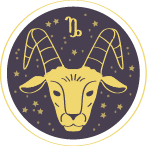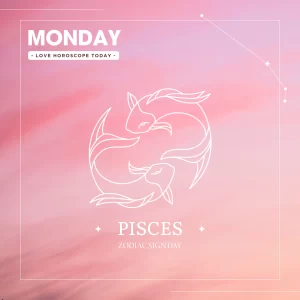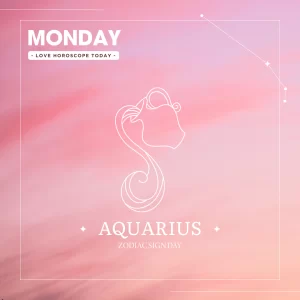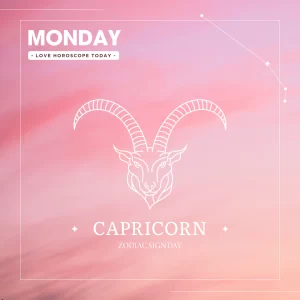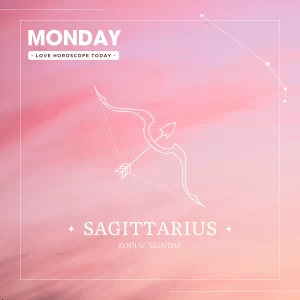
Leo, pronounced as /ˈliːoʊ/, is a constellation within the zodiac, situated between Cancer, the crab, in the west, and Virgo, the maiden, in the east. This celestial formation graces the Northern celestial hemisphere and derives its name from the Latin word for lion. In ancient Greek mythology, it symbolizes the Nemean Lion, famously vanquished by the legendary Greek hero Heracles as part of his twelve labors. The traditional astronomical symbol for Leo is (♌︎). Originally cataloged by the 2nd-century astronomer Ptolemy, Leo endures as one of the 88 modern constellations today. It stands out prominently in the night sky, characterized by its abundance of bright stars and a distinct shape reminiscent of a crouching lion. Notably, the lion’s mane and shoulders collectively form an asterism known as “The Sickle,” a pattern that may appear to contemporary stargazers as a reversed “question mark.”
History and mythology
Leo is among the earliest constellations to have been recognized, with archaeological findings suggesting that the Mesopotamians identified a similar constellation as early as 4000 BCE. It bore various names across different cultures: the Persians referred to it as Ser or Shir, the Turks as Artan, the Syrians as Aryo, the Jews as Arye, and the Indians as Simha, all of which signify “lion.”
In Sumeria, there’s a belief that Leo represented the formidable monster Humbaba, ultimately defeated by Gilgamesh. Babylonian astronomers named the constellation UR.GU.LA, signifying the “Great Lion,” with the prominent star Regulus known as “the star that stands at the Lion’s breast.” Regulus held strong regal associations and was recognized as the King Star.
Greek mythology ties Leo to the Nemean Lion, slain by Heracles (known as Hercules to the Romans) during the initial of his twelve labors. This fearsome lion would abduct women, leading nearby warriors on futile missions to rescue them from its cave lair. The lion was impervious to conventional weaponry, rendering swords, clubs, and spears ineffective. Heracles, realizing that he had to defeat the lion with his bare hands, entered the creature’s den and confronted it at close quarters. In a daring feat, he caught the lion mid-pounce, gripping its forelegs and hind legs in separate hands, and bent its back, ultimately breaking its spine and rescuing the trapped maidens. Zeus immortalized this heroic deed by placing the Nemean Lion in the night sky.
In Roman poetry, Leo was referred to as Herculeus Leo and Violentus Leo. It was also associated with Bacchi Sidus, signifying the star of Bacchus, as Bacchus was closely linked to the lion. Additionally, Manilius named it Jovis et Junonis Sidus, translating to the Star of Jupiter and Juno.
Visualizations
Leo is typically depicted with a distinctive sickle-shaped asterism of stars representing the back of the Lion’s head. This celestial sickle is formed by six prominent stars: Epsilon Leonis, Mu Leonis, Zeta Leonis, Gamma Leonis, Eta Leonis, and Alpha Leonis. The Lion’s tail is defined by the presence of Beta Leonis, also known as Denebola, while the remainder of its majestic body is outlined by Delta Leonis and Theta Leonis.
Meteor showers
The Leonid meteor shower takes place in November, reaching its peak around November 14-15, with a radiant point near Gamma Leonis. This meteor shower is associated with Comet Tempel-Tuttle, which leads to notable outbursts roughly every 35 years. Typically, the Leonids have an average peak rate of about 10 meteors per hour. Additionally, there is a lesser meteor shower known as the January Leonids, which reaches its maximum activity between January 1 and 7.
Astrology
As of 2002, the Sun’s presence within the constellation Leo spans from August 10 to September 16.[14] In tropical astrology, the Sun is associated with the sign Leo from July 23 to August 22, while in sidereal astrology, it aligns with Leo from August 16 to September 17.
Leo | Famous NBA players
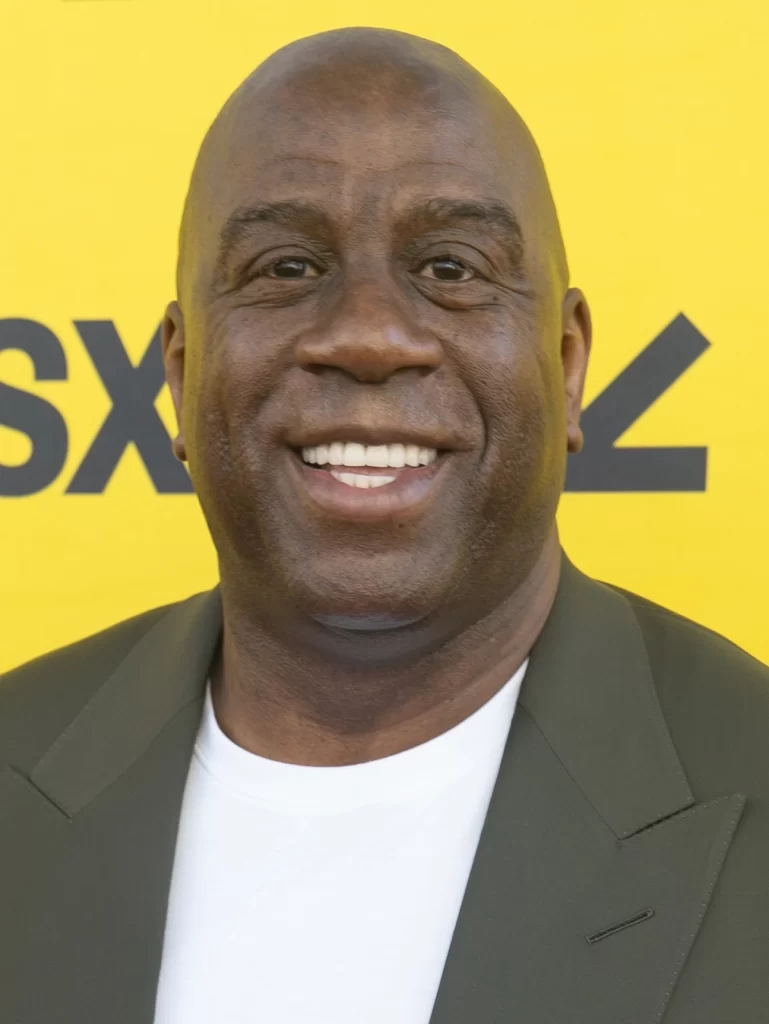
Magic Johnson
(1959.8.14)
Earvin “Magic” Johnson Jr. is an American former professional basketball player and former president of basketball operations of the Los Angeles Lakers of the National Basketball Association (NBA). He is widely regarded as one of the greatest basketball players of all time, and his achievements on the court are a testament to his skill and dedication to the sport.
Born on August 14, 1959, in Lansing, Michigan, Magic Johnson’s basketball journey began at a young age. He first garnered national attention as a high school player and later played college basketball for the Michigan State Spartans. It was during his time with the Spartans that he led the team to the NCAA championship in 1979, defeating Larry Bird’s Indiana State team in what would become one of the most iconic matchups in college basketball history.
In 1979, Magic Johnson was selected as the first overall pick by the Los Angeles Lakers in the NBA draft. This marked the beginning of a storied NBA career that spanned 13 seasons. During his time with the Lakers, Johnson led the team to five NBA championships and was named the NBA Finals MVP three times. His unique playing style, characterized by his exceptional passing ability and court vision, earned him the nickname “Magic.”
Off the court, Johnson’s impact was equally significant. In 1991, he announced that he had contracted HIV, which led to his early retirement from basketball. However, this diagnosis did not deter him. Instead, he became an advocate for HIV/AIDS prevention and awareness. Over the years, Johnson has also been a successful businessman, owning several businesses and being an influential figure in the entertainment industry.
In 2017, Magic Johnson returned to the Lakers as the president of basketball operations, a position he held until 2019. Throughout his life, whether on the basketball court, in business, or as an advocate for important causes, Magic Johnson has exemplified excellence and has left an indelible mark on the world of sports and beyond.
In summary, Magic Johnson’s legacy is not just defined by his incredible basketball skills but also by his resilience, leadership, and commitment to making a positive impact in the community. He remains an inspiration to many, both in the world of basketball and outside of it.
Related article
Pisces Love Horoscope Today – 2023.12.25
Pisces Love Horoscope Today Pisces Love Horoscope Today With Aries:...
Read MoreAquarius Love Horoscope Today – 2023.12.25
Aquarius Love Horoscope Today Aquarius Love Horoscope Today With Aries:...
Read MoreCapricorn Love Horoscope Today – 2023.12.25
Capricorn Love Horoscope Today Capricorn Love Horoscope Today With Aries:...
Read MoreSagittarius Love Horoscope Today – 2023.12.25
Sagittarius Love Horoscope Today Sagittarius Love Horoscope Today With and...
Read More

